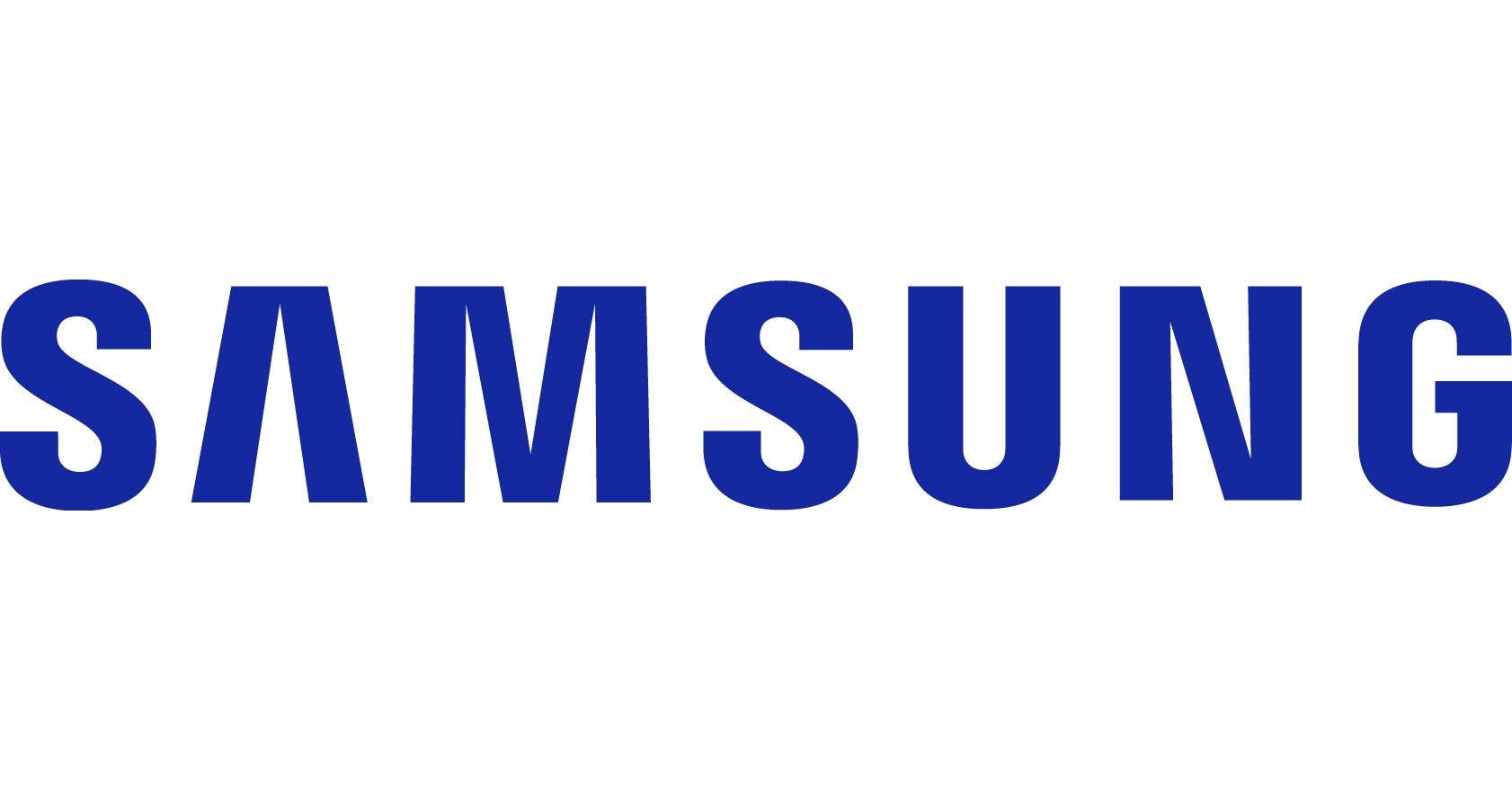Inside out tracking is nice as an incremental improvement to the Oculus, and will benefit new purchasers, but until the display resolution changes significantly or wireless connectivity for the PC version is implemented, I personally see little incentive to consider another Oculus.
The resolution is at least quite a bit higher than the original Rift. Like the article states, the display has over 40% more pixels, and since the panel uses individual RGB components for every pixel rather than sharing half of them, that works out to more than twice as many subpixel elements. Even though it won't quite offer the color quality and contrast of OLED displays, doubling of subpixel resolution doesn't seem so bad. And without eye-tracking combined with an effective foveated rendering implementation, most current graphics cards would have a hard time pushing significantly more than 2560x1440 resolution at the kinds of frame rates VR requires anyway.
At the very least, this brings the Rift's hardware specifications more on par with the Windows Mixed Reality headsets that have been mostly priced under $300 for the last year. The price is higher than most of those, but that could perhaps be somewhat justified by better ergonomics, controllers and other features, like integrated audio. I imagine it will perform more or less in line with the higher-end Windows MR headsets, like Samsung's Odyssey, which also sell for around $400. That is a bit underwhelming though, considering those headsets have been out for a while, and this feels more like the headset Oculus should have been releasing a year ago. As it is, it seems like they're simply catching up to what the rest of the market is doing. And it is a bit disappointing to see that they took some steps backward, like with removing hardware IPD adjustment and reducing the refresh rate. The headset appears to be designed around reducing manufacturing costs compared to the original Rift more than anything. No doubt it will be better than other headsets in its price range in some ways, but it will undoubtedly be worse in others.
Perhaps there will be a higher-end offering as well though. The Rift S might simply be the lower-end option that launches first, while a more premium model with greater resolution, eye tracking and wireless might potentially launch later. Or, maybe they're just leaving that for the next generation, and we'll see others offering those things first.





